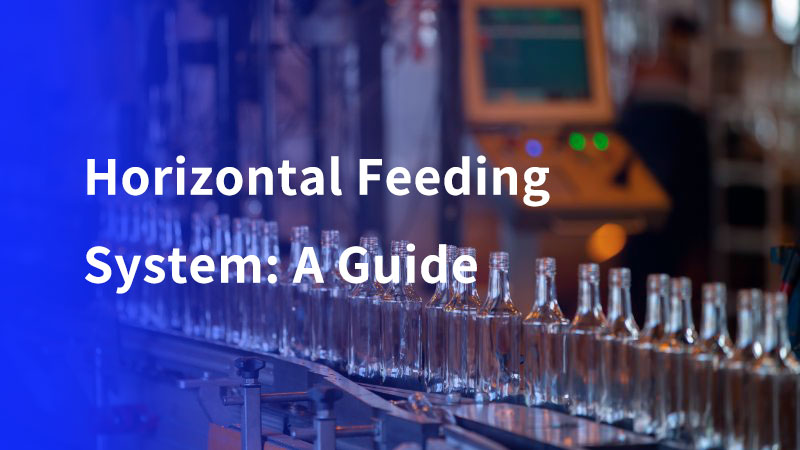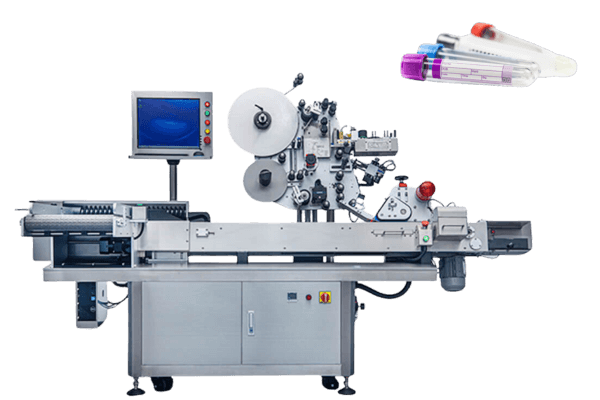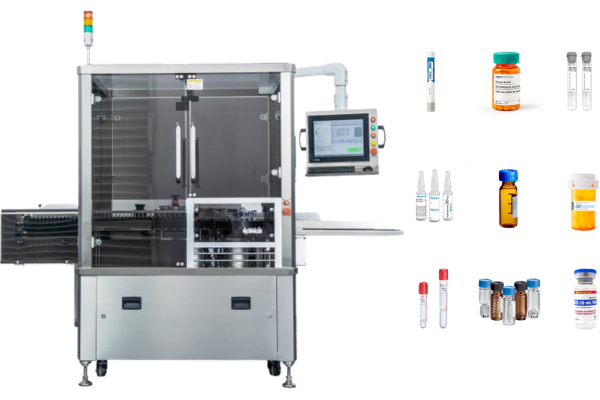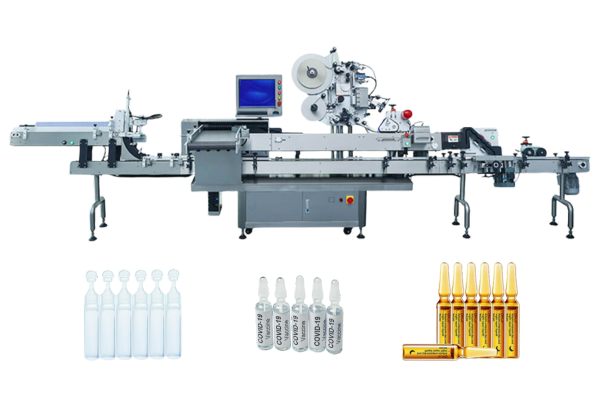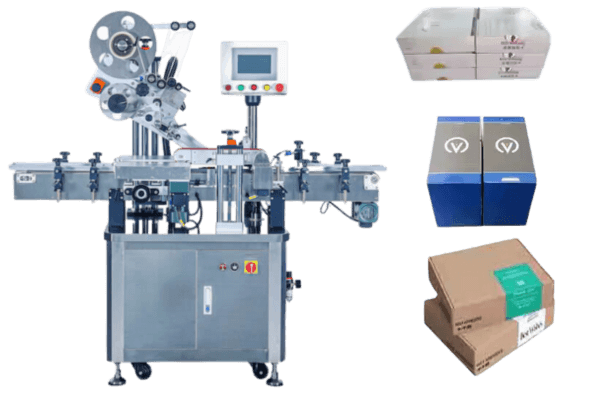In today’s rapidly evolving industrial landscape, the horizontal feeding system has become a pivotal component in ensuring efficient feeding and streamlining production processes across various sectors. This system, designed to efficiently handle materials and feed them into processing lines, is critical for enhancing productivity and operational accuracy in manufacturing setups.
Understanding horizontal feeding systems
A horizontal feeding system is essentially an automated mechanism that transports materials horizontally into a production line.
Unlike vertical feeding systems that rely on gravity, horizontal systems use conveyors, belts, or rollers to move items from one point to another within the manufacturing floor. These systems are integral to assembly lines, where conveyors and vibratory feeders deliver components and parts in a precise and sequential manner, ensuring smooth operations and efficiency in production processes. The system’s design ensures minimal handling, reducing the risk of material damage and loss during transit.
Working principle
The core operation of a horizontal feeding system involves a conveyor belt or roller system that extends across a horizontal plane.
These systems are equipped with sensors and actuators to precisely control the movement of materials based on the production requirements.
The automation integrated within these systems allows for continuous monitoring and adjustments, ensuring consistent feed rates and preventing bottlenecks, thereby enhancing production efficiency.
Applications in manufacturing processes
Horizontal feeding systems are versatile and find applications in numerous industries including pharmaceuticals, food and beverage, electronics, and automotive manufacturing.
For instance, in the pharmaceutical industry, these systems are used to feed bottles or blister packs into packaging machines. In the automotive sector, they efficiently transport parts to assembly stations where precision and timing are crucial. These systems play a vital role in various assembly processes by ensuring a smooth and precise flow of components, such as through vibratory bowl feeders and step feeders, thereby enhancing the overall productivity and reliability of manufacturing operations.

Technical features
These systems are known for their robust design which can handle a variety of materials – from small components to bulky items. Advanced models incorporate smart technology that adapts to different material weights and shapes, further optimizing the feeding process. The integration of IoT (Internet of Things) enables real-time data collection and system adjustments, enhancing overall efficiency. These features make them ideal automation solutions that seamlessly integrate into existing systems to meet the specific needs of industries like automotive, electronics, and medical devices.
Benefits of horizontal feeding systems for production efficiency
The primary advantage of implementing a horizontal feeding system is its ability to increase production speed while maintaining high accuracy and ensuring efficient production. These systems minimize human error and ensure a smoother flow of materials, which is essential for maintaining quality control standards. Additionally, the reduced need for manual handling helps in maintaining safety standards, improving workplace ergonomics, and significantly reducing labor costs.
Challenges faced
Despite their numerous benefits, horizontal feeding systems can encounter challenges such as material jams, system malfunctions, or integration issues with existing production lines.
Regular maintenance and troubleshooting are necessary to keep these systems running efficiently. Additionally, the initial setup and customization can be costly and require significant technical expertise.
Future trends in automation solutions
The future of horizontal feeding systems looks promising with advancements in automation and artificial intelligence.
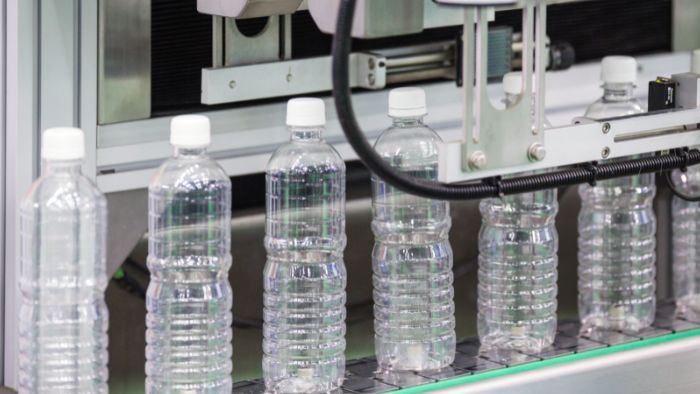
The next generation of these systems is expected to be more adaptive, and capable of handling a greater variety of materials with even greater precision. These advancements will streamline production processes by enhancing the connectivity and movement of workpieces along the assembly line.
As industries continue to push for higher efficiencies and lower operational costs, these systems will become even more integral to manufacturing processes.
Conclusion
The horizontal feeding system is a cornerstone technology that enhances the efficiency and reliability of production lines across multiple industries. Its ability to integrate with advanced manufacturing technologies makes it an indispensable tool in the modern industrial arena.
As businesses continue to seek solutions that drive productivity while reducing costs, the role of horizontal feeding systems is set to grow, redefining the standards of manufacturing operations worldwide.
As an advanced pharmaceutical labeling company, Viallabeller has also set up a horizontal feeding system for our labeling equipment, such as syringe labeling machines, ampoule labeling machines, pill bottle labeling machines, etc…
